By Sean Fagan.
.
WHY THINKING FOR YOURSELF IS A CRUCIAL BUSHCRAFT ASSET
(and why climbing trees is a part of my bushcraft...)
.
I have a confession to make - I love climbing trees.
It's a risky pastime and certainly an activity I undertake with great caution.
There are no doubt, some bushcraft purists that would scoff at my fondness for the arboreal.
Learn why I still climb trees...
and why climbing trees taught me the importance of thinking for myself.
*To whet your appetite for all things arboreal, I've included an inspiring short film about a man who can't stop climbing trees...
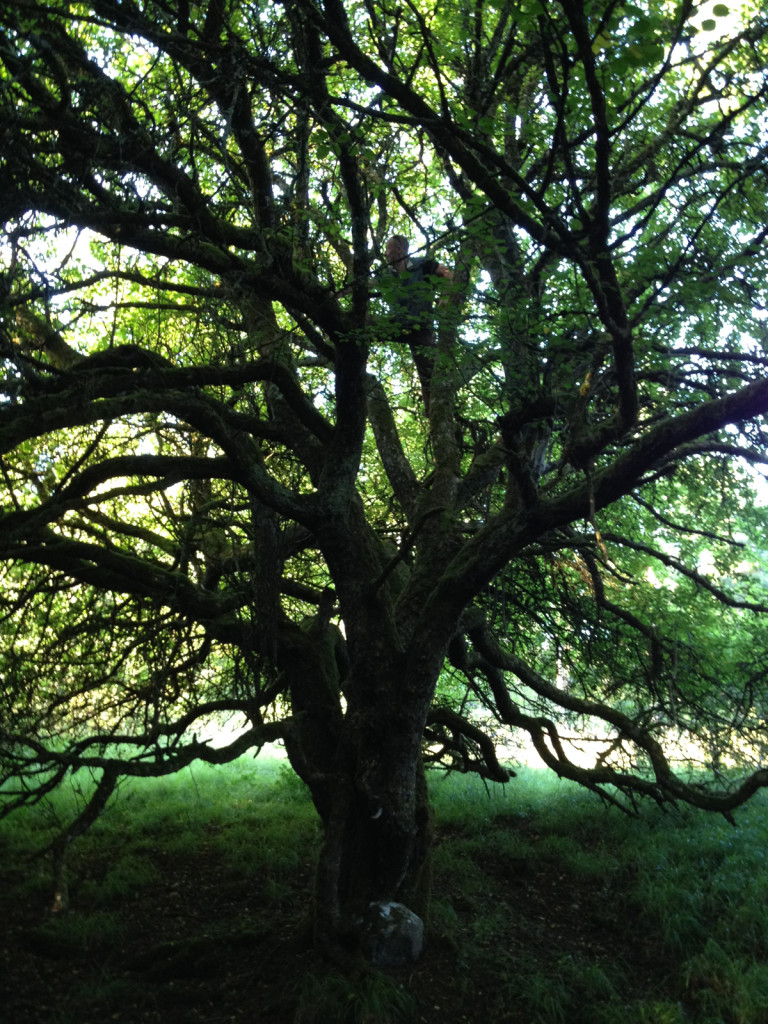
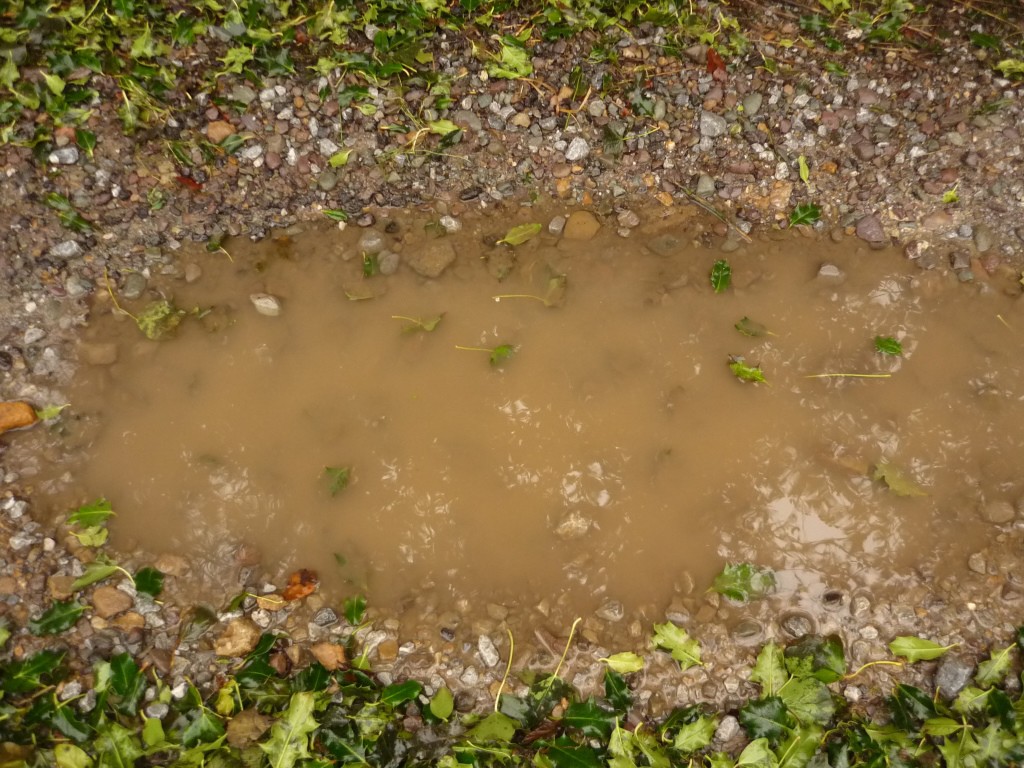
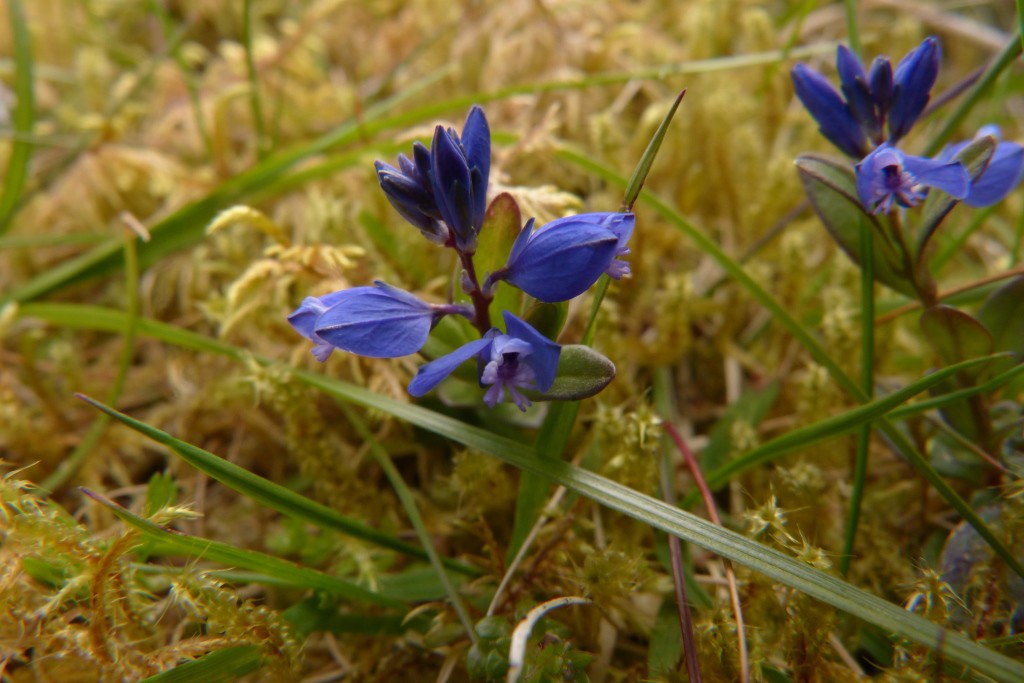
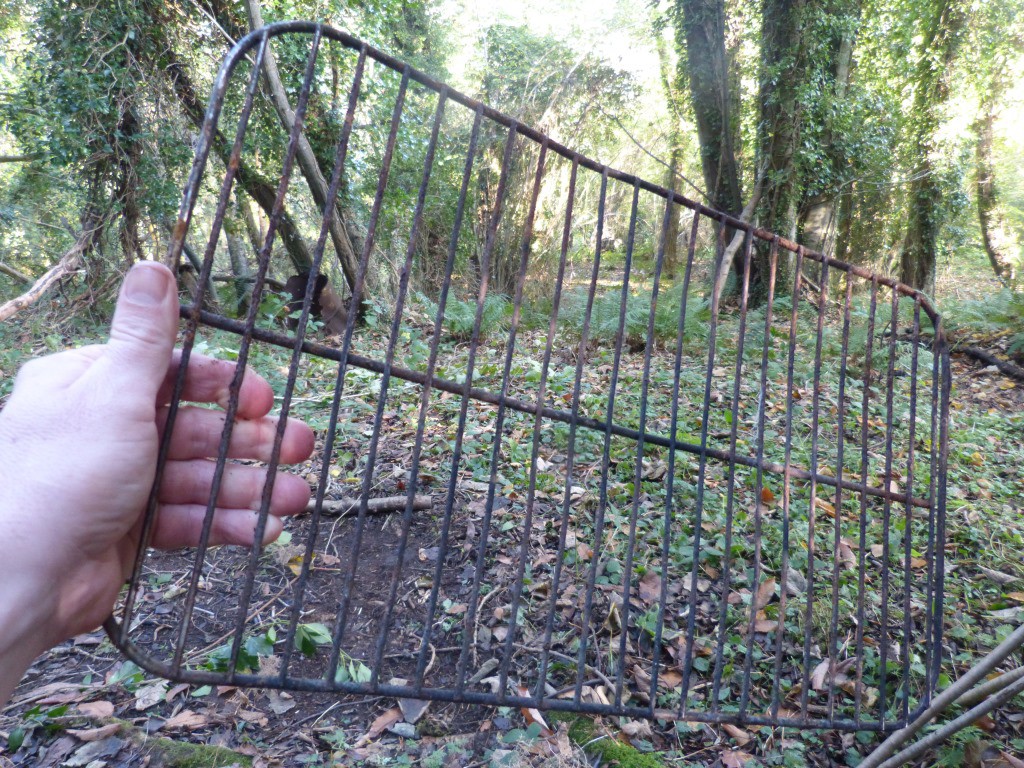
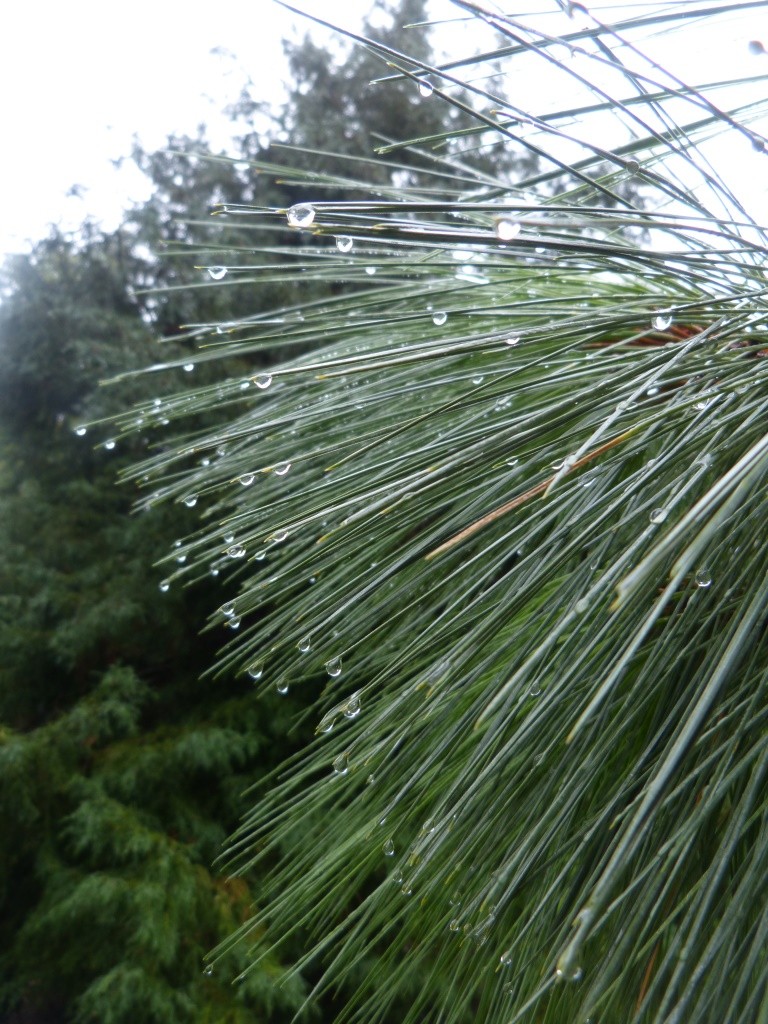
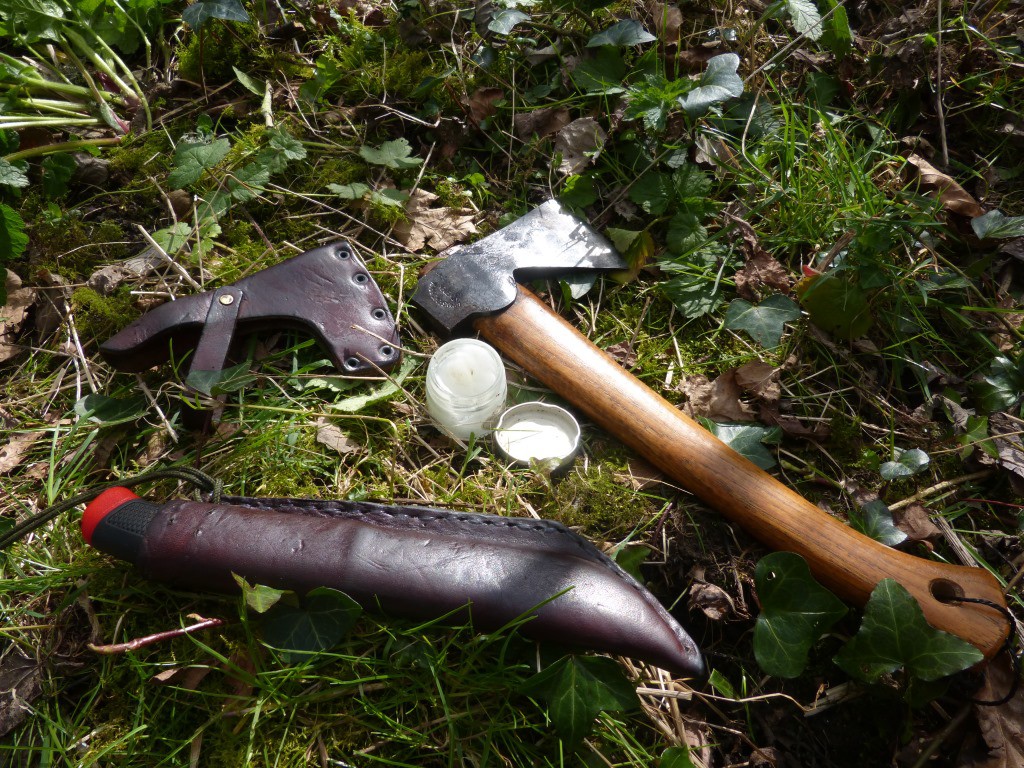
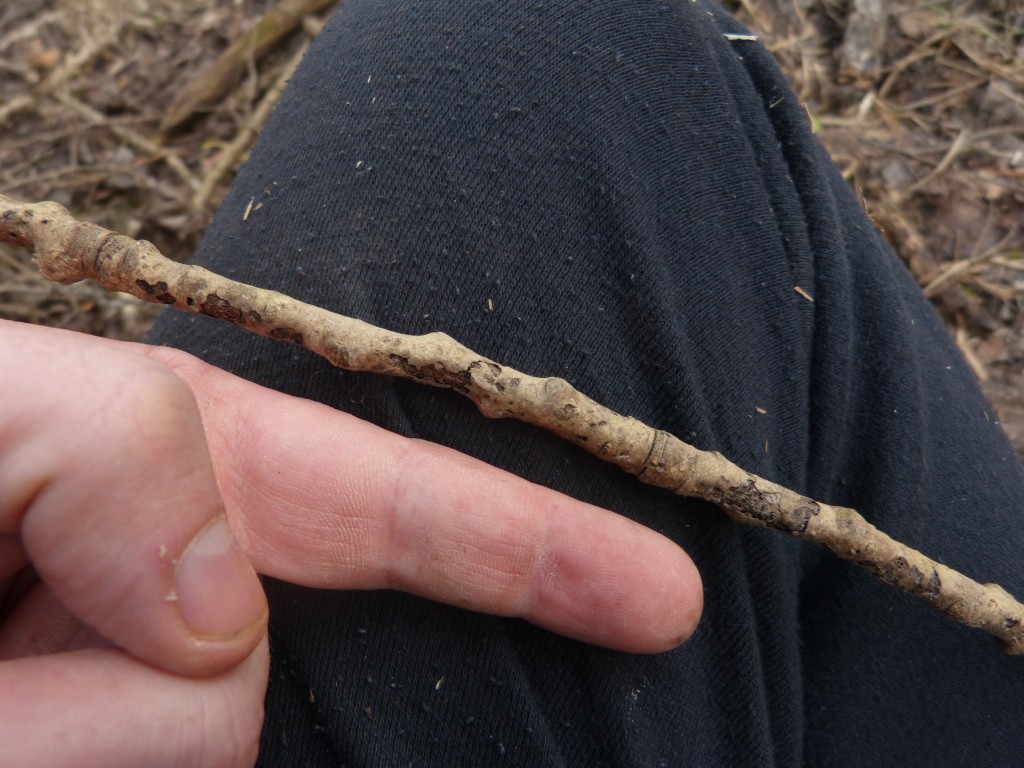
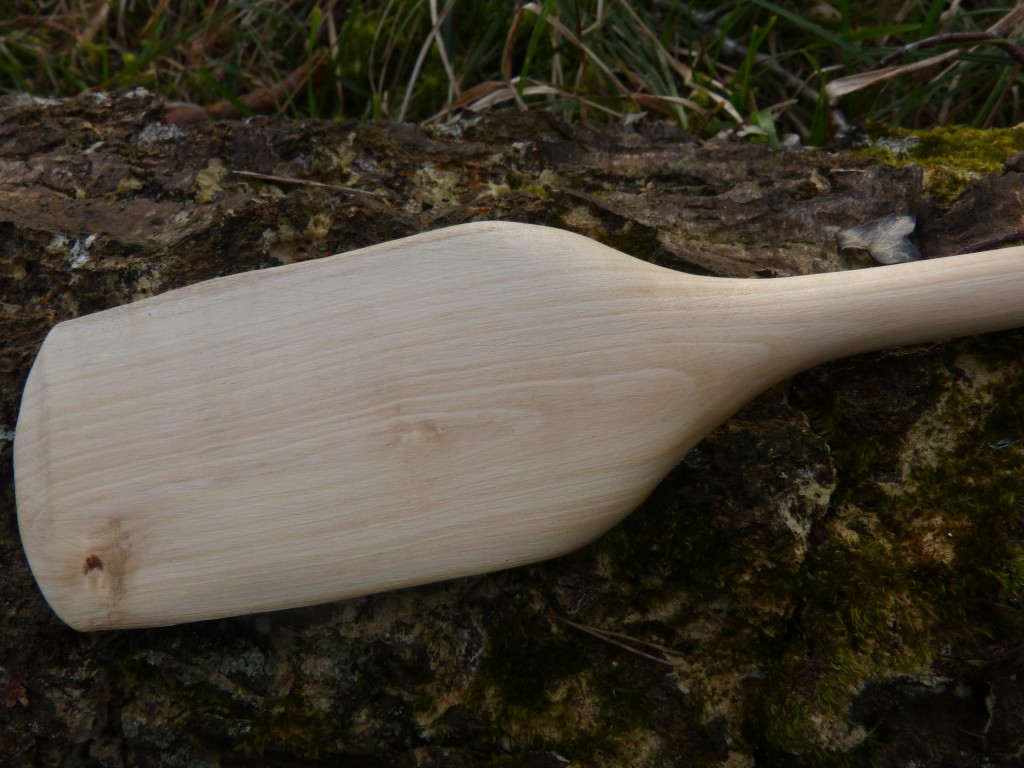
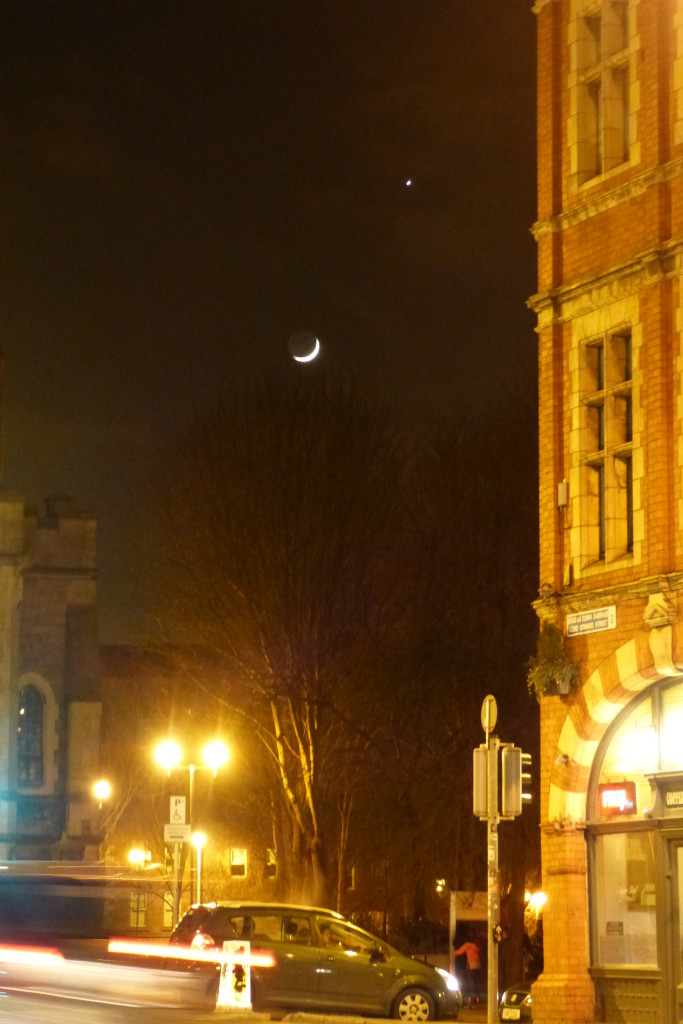
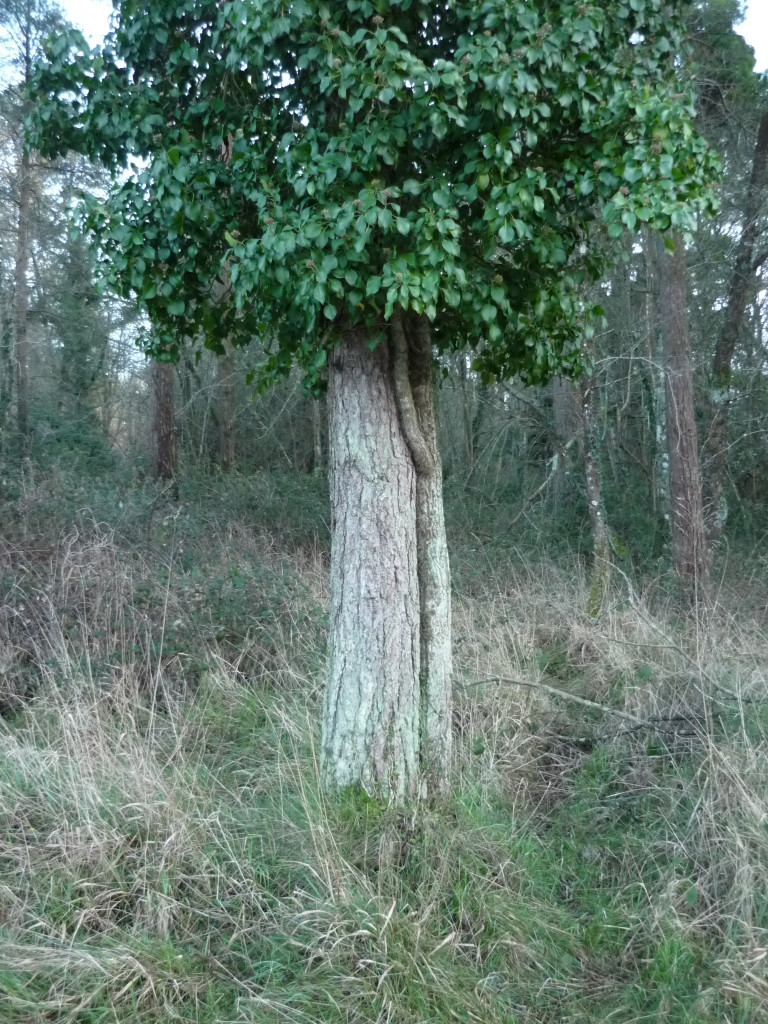

Recent Comments